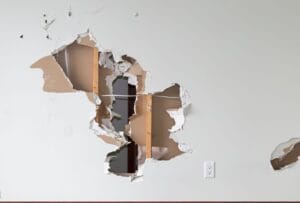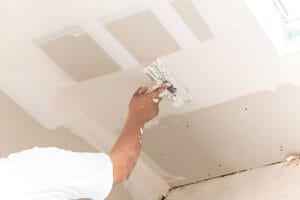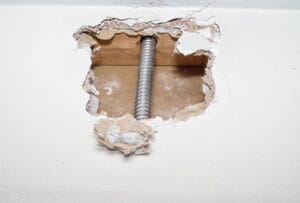
When it comes to painting, proper preparation is key to achieving a flawless finish. Homeowners in the Bronx, New York, often wonder: Is sanding more important than priming? The answer depends on the surface condition and the desired outcome. Let’s explore the importance of sanding vs priming and why both play a crucial role in pre-paint preparation.
Why Surface Preparation Matters
Before painting, preparing the surface ensures long-lasting and smooth results. Neglecting this step can lead to peeling, chipping, and uneven paint application. Understanding the role of sanding and priming helps homeowners make informed decisions about their painting projects.
The Role of Sanding Before Painting
Sanding is a fundamental step in painting surface prep as it smooths imperfections and enhances paint adhesion.
Benefits of Sanding Before Painting
- Creates a smooth and even surface
- Improves paint adhesion for durability
- Removes old paint, dirt, and rough patches
- Helps eliminate minor surface imperfections
- Enhances the final paint finish
Sanding Techniques for a Smooth Finish
- Use fine-grit sandpaper (120-220) for walls and wood surfaces
- Sand in circular motions to avoid streaks
- Wipe down dust with a damp cloth before priming
- Use an electric sander for large areas
Why Priming is Essential Before Painting
A primer acts as a base coat that prepares surfaces for paint. It enhances paint coverage, improves durability, and prevents stains from bleeding through.
Benefits of Priming Before Painting
- Seals porous surfaces like drywall and wood
- Provides an even base for paint application
- Blocks stains, marks, and previous colors
- Reduces the number of paint coats needed
- Increases paint longevity and resistance to wear
Types of Primers for Different Surfaces
- Oil-based primer: Best for wood and stained surfaces
- Water-based primer: Ideal for drywall and interior walls
- Stain-blocking primer: Helps cover water stains and smoke damage
- Bonding primer: Ensures strong adhesion on glossy or hard-to-paint surfaces
Sanding vs Priming: Which Comes First?
Many homeowners ask, Should you sand or prime first? The general rule is:
- Sand first to create a smooth surface.
- Clean the dust using a dry or damp cloth.
- Apply primer to seal and prepare for paint.
- Sand lightly after priming for an extra smooth finish (if needed).
Skipping sanding or priming can impact paint adhesion and lead to paint peeling over time.
Best Practices for a Long-Lasting Paint Finish
For a flawless paint job, follow these painting preparation tips:
- Sand all rough and uneven surfaces before priming.
- Choose the right primer based on the surface material.
- Allow the primer to dry fully before applying paint.
- Use high-quality paint for better coverage and durability.
- Ensure proper ventilation during painting.
Tools & Techniques for Professional Results
Best Tools for Sanding Before Painting
- Hand sander: Ideal for small areas and touch-ups
- Electric sander: Best for large surfaces
- Sanding sponge: Perfect for corners and detailed areas
How to Apply Primer Effectively
- Use a paint roller for large walls
- Apply primer in thin, even layers
- Use a paintbrush for edges and trims
- Let the primer dry completely before painting
Final Thoughts: Sanding vs Priming for Painting Success
Both sanding and priming are crucial for achieving a professional-quality finish. Skipping these steps can result in poor paint adhesion, uneven surfaces, and a shorter paint lifespan.
At Brilliant Renovation LLC, we specialize in professional painting services for homeowners in the Bronx, New York. Whether you need help with surface preparation, wall painting, or renovation projects, our team ensures the best results.
Need expert painting services? Contact us today for a free consultation!








